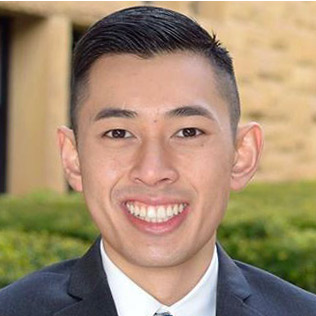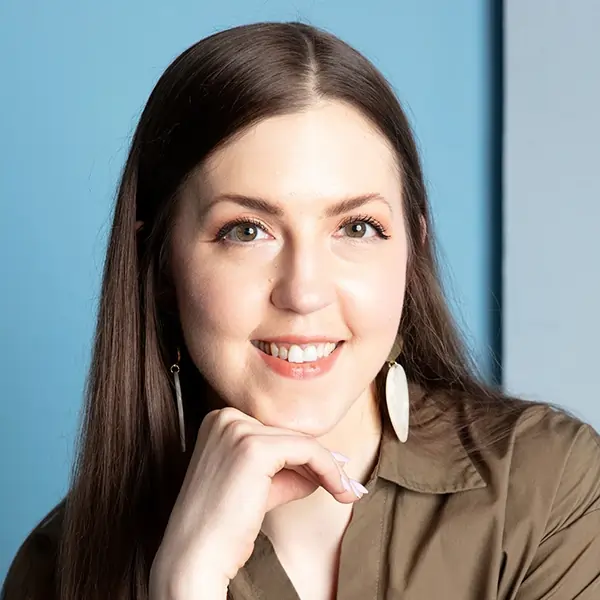Key takeaways:
LGBT and LGBTQIA+ are acronyms used to describe the communities of people who don’t identify as heterosexual, straight, or cisgender.
The LGBT acronym stands for lesbian, gay, bisexual, and transgender. The LGBTQIA+ acronym adds queer and/or questioning, intersex, asexual, and those who identify with a sexual orientation or gender identity not covered in the acronym
As the world gains a better understanding of people’s different sexual orientations and gender identities, the words and letters that we use to describe these communities will continue to evolve.
Using appropriate terminology and naming is important in ensuring accurate and inclusive representation of diverse identities.
The LGBTQIA+ acronym is used to describe either a person’s sexual orientation or gender identity. Sexual orientation refers to a person’s physical, emotional, and romantic attraction to another person — such as being straight, gay, lesbian, or bisexual. Gender identity describes a person’s internal sense of being female, male, or someone outside of that gender binary.
As the world has become more inclusive of people’s sexual orientations and gender identities, the letters within the LGBTQIA+ acronym have similarly evolved. Read on to discover the history behind this colorful acronym.
What do the letters in LGBTQIA+ stand for?
Understanding the LGBTQIA+ acronym is important in recognizing and respecting diverse identities. Each letter represents a different aspect of sexuality and gender diversity. It’s important to note that gender identity is not determined by one’s sex assigned at birth and that sex and gender are not the same.
L: Lesbian
The term “lesbian” describes a woman who is physically, emotionally, or romantically attracted to other women. Some nonbinary individuals may also identify with this term.
G: Gay
The term “gay” describes a person who experiences emotional, romantic, or sexual attraction exclusively towards those of their own gender.
B: Bisexual
The term “bisexual” describes a person who is physically, emotionally, or romantically attracted to people within more than one sex, gender, or gender identity.
T: Transgender
The term “transgender” describes a person whose gender identity or expression is different from their sex assigned at birth. Transgender should be used as an adjective — not as a noun or a verb.
Q: Queer or questioning
The term “queer” is an adjective used by some people whose sexual orientation isn’t exclusively heterosexual or straight. It’s an umbrella term that includes people who have nonbinary or gender-fluid identities.
When “Q” comes at the end of LGBTQ, it can also mean questioning. Questioning is a term used to describe a person who is exploring their sexual orientation or gender identity.
Read more like this
Explore these related articles, suggested for readers like you.
I: Intersex
The term “intersex” is used to describe a person who is born with differences in their sex traits or reproductive anatomy that don’t fit typical definitions of female or male. There may be differences in regards to:
Genitalia
Chromosomes
Hormones
Internal sex organs
Secondary sex characteristics (e.g., pubic hair, breasts, facial hair, etc.)
A: Asexual
The term “asexual” is used to describe a person who lacks sexual attraction or desire for other people. It’s different from celibacy, in which people make a choice to abstain from sexual activity.
Plus: +
The “+” sign is a symbol that represents members of communities who identify with a sexual orientation or gender identity that isn’t included within the LGBTQIA acronym. It’s an inclusive way of representing gender and sexual identities that letters and words cannot yet fully describe.
“Allyship” defined: Learn what it means to be an LGBTQ+ ally, why allies are important, and ways you can help support LGBTQ+ communities.
Choosing joy: Read one nonbinary individual’s story about how they found joy in their body after getting top surgery.
Coming out: For many people coming out as LGBTQ+, the process isn’t easy. Having a supportive environment can make all the difference. Learn more about how you can support someone who comes out to you.
The original initialism: LGBT
Before the origin of “LGBT,” the language used to describe this community was quite limiting. During the 1940s to 1960s, people in this group were often referred to as the “gay community.”
However, these years also proved to be a monumental time for advancements within LGBTQIA+ communities. The year 1969 is often seen as a turning point in U.S. history in shifting attitudes and politics regarding sexuality. Political movements such as the Stonewall Riots brought attention throughout the U.S. and around the world regarding the injustice experienced within this community — it was a pivotal time for the “gay rights movement.”
As these movements progressed, people recognized that the term “gay” didn’t encompass all sexual orientations and gender identities. In the 1980s, the LGBT acronym gained popularity, and by the 1990s was adopted by many activist organizations.
Why was ‘LGBT’ incomplete?
Although the LGBT acronym was much more inclusive than terms used in the past, it still left out people who don’t identify with being lesbian, gay, bisexual, or transgender. And that’s where the “Q” came in, resulting in the LGBTQ acronym and other expanded acronyms.
How will the LGBTQ acronym continue to evolve?
The LGBTQ acronym has been adopted by both the Human Rights Campaign and GLAAD. But some people may say that it doesn’t fully represent the entire community. Because of this, the LGBTQIA+ (or LGBTQ+) acronym may be used to include a wider set of identifies.
Our understanding of different sexual orientations and gender identities will continue to expand. The goal is to continue fostering an inclusive and welcoming community where everyone feels appropriately represented.
Understanding LGBTQIA2S+ and other expanded acronyms
Since there are so many different identities, it’s difficult to fully capture everyone’s sexual orientation and gender. The acronym has continued to change over the years and now includes the following:
LGBTQIA2S+
The LGBTQIA2S+ expanded acronym stands for:
Lesbian
Gay
Bisexual
Transgender
Queer or questioning
Intersex
Asexual
Two-spirit
(+) additional identities
“2S” stands for two-spirit. It’s a term that traditionally originated from Native American culture that describes people who are male, female, or intersex and have both a male and female spirit within them. It’s sometimes referred to as a third gender.
LGBTQQIP2SAA
The LGBTQQIP2SAA expanded acronym stands for:
Lesbian
Gay
Bisexual
Transgender
Queer
Questioning
Intersex
Pansexual
Two-spirit
Asexual
Ally
The term pansexual describes a person who may have a physical, emotional, or romantic attraction to people of any gender. They may not experience these feelings at the same time or in the same way or level.
The second “A” stands for ally. Ally is a term that describes a person who actively supports LGBTQIA+ communities. It includes people who are straight or cisgender (a term used to describe a person whose gender identity aligns with their sex assigned at birth) and those within LGBTQIA+ communities.
Why are terminology and naming so important in LGBTQIA+ communities?
As the world continues to gain a better understanding of people’s sexual and gender identities, the LGBTQIA+ acronym may continue evolving to ensure that everyone is seen and included. Additionally, the acronym can help those with similar experiences connect with others — and help articulate what they’re feeling and experiencing through the terminology.
Using exclusionary terms such as the “gay community” should be avoided since it doesn’t accurately represent the community’s vast diversity. Acronyms such as LGBTQ+ or LGBTQIA+ are more inclusive of the sexual orientations and gender identities that exist.
The bottom line
Many advances have been made toward achieving equality within LGBTQIA+ communities. And parallel to that progress is the expansion of the words and letters used to describe people who are part of it. The acronym can help foster inclusion, connection, and a sense of identity. With time, these terms will likely continue to evolve.

Why trust our experts?



References
Annie E. Casey Foundation. (2023). Defining LGBTQ terms and concepts.
Asexual Visibility & Education Network. (n.d.). Overview.
Baumann, J. (n.d.). 1969: The year of gay liberation. The New York Public Library's Online Exhibition Archive.
Blakemore, E. (2021). From LGBT to LBGTQIA+: The evolving recognition of identity. National Geographic.
Cardenas-Soto, S. (2023). Pansexuality: What it is, what is isn’t. The Trevor Project.
Gender and Sexuality Campus Center. Glossary. Michigan State University.
GLAAD. (n.d.). Glossary of terms: LGBTQ.
History. (2023). Stonewall riots. A&E Television Networks, LLC.
Human Rights Campaign. (n.d.). Sexual orientation and gender identity definitions.
Human Rights Campaign. (2016). HRC officially adopts use of “LGBTQ” to reflect diversity of own community.
Human Rights Campaign. (2023). Glossary of terms.
Indian Health Service. (n.d.). Two-spirit.
Intersex Society of North America. (n.d.). What is intersex?
Planned Parenthood. (2023). I’m non-binary but also a lesbian. Does this mean I’m straight?
Ring, T. (2016). Expanding the acronym: GLAAD adds the Q to LGBT.
Rothberg, E. (n.d.). Marsha P. Johnson.
What’s On Queer BC. (2024). What is the full acronym for LGBTQQIP2SAA?
Youth.gov. (n.d.). Sexual orientation and gender identity.
Zak, E. (2013). LGBPTTQQIIAA+: How we got here from gay. Ms Magazine.


















